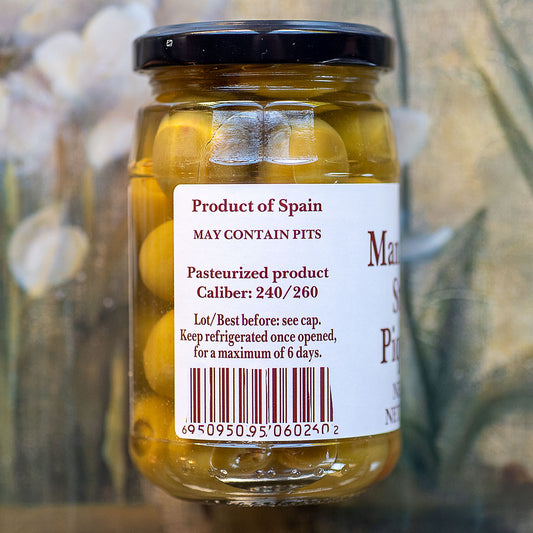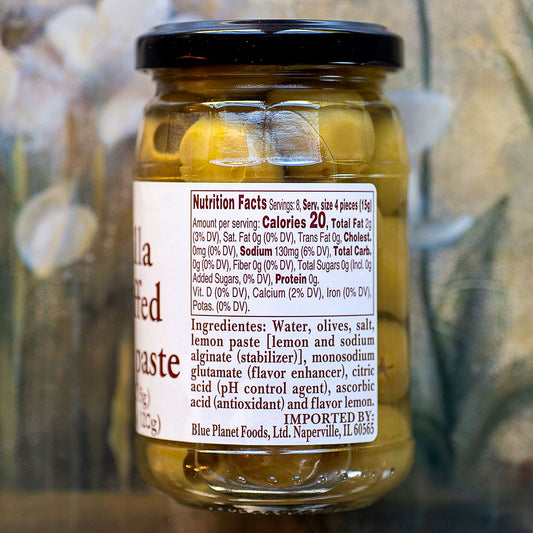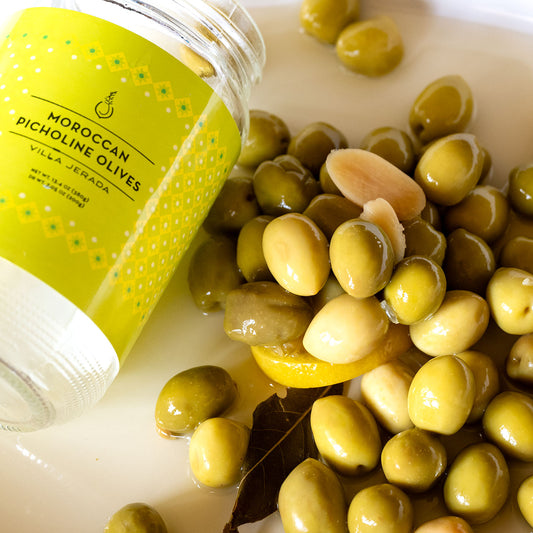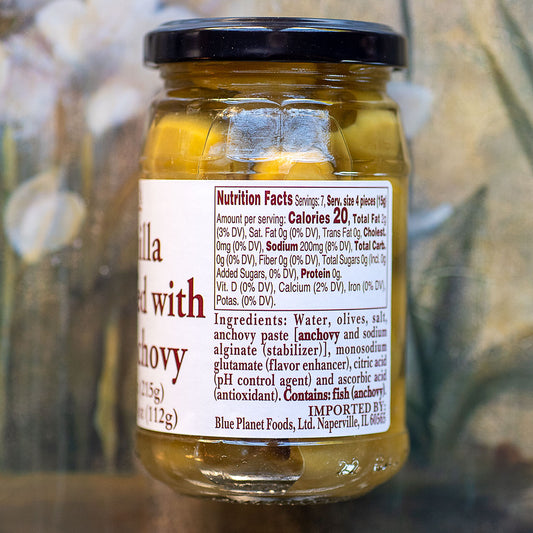Olives
about Olives: click here to read more
Olives have a rich history that spans thousands of years, with their cultivation dating back to ancient Mediterranean civilizations. Originating in the region known as the Eastern Mediterranean, olives were first cultivated in areas like modern-day Turkey, Syria, Palestine, and Crete around 3,000 to 4,000 years ago.
The olive tree, Olea europaea, thrives in warm, dry climates with mild winters, which is why it became a staple crop in Mediterranean countries like Greece, Italy, Spain, and North Africa. As trade routes expanded, so did the olive tree’s presence, reaching parts of the Middle East, North Africa, and eventually Southern California and Australia.
In culinary terms, olives have long been valued for their versatility, both as a food and as an oil. The Greeks and Romans were pioneers in olive oil production, and olive oil was a key component of their diets, used for cooking, as a dressing for vegetables, as a dip for bread, and even for medicinal purposes. In ancient Greece, olive oil was considered a symbol of peace and prosperity, and it was often used in religious rituals. The Romans refined olive oil production and trade, and it became an essential part of the Roman Empire’s economy and daily life.
Olives themselves, once harvested, can be eaten fresh, but they are usually processed to make them palatable, as the raw fruit is bitter.
They can be cured through various methods—such as brining, dry-curing, or lye-curing—each bringing out different flavors and textures. In modern times, olives are widely used in Mediterranean and Middle Eastern cuisines in salads, tapenades, pasta dishes, and as part of meze platters, while olive oil remains one of the most common oils for cooking, frying, and dressings.
Olives grow in regions with hot, dry summers and mild, wet winters. The most famous olive-growing countries include Spain (which produces the most olive oil in the world), Italy, Greece, and Turkey, but olives are also cultivated in other areas such as California, Chile, Argentina, and South Africa. The trees are hardy and can live for centuries, some even reaching over 1,000 years old, making them symbols of longevity and endurance.
-
Petricor 100% Taggiasca Olives in Brine
Regular price $13.55 USDRegular priceUnit price / per$0.00 USDSale price $13.55 USD -
Blue Cheese Stuffed Manzanilla Olives
Regular price $9.95 USDRegular priceUnit price / per$0.00 USDSale price $9.95 USD -
Anchovy-Stuffed Manzanilla Olives
Regular price $9.95 USDRegular priceUnit price / per$0.00 USDSale price $9.95 USD -
Habanero Stuffed Manzanilla Olives
Regular price $9.95 USDRegular priceUnit price / per$0.00 USDSale price $9.95 USD -
Fratepietro Premium Black Bella di Cerignola Olives
Regular price $18.95 USDRegular priceUnit price / per$0.00 USDSale price $18.95 USD -
Sonoma Syrup - Pure California Olive Juice
Regular price $17.95 USDRegular priceUnit price / per$0.00 USDSale price $17.95 USD -
Restocking - choose Notify me
Whole Kalamata Olives
Regular price $8.99 USDRegular priceUnit price / per$0.00 USDSale price $8.99 USDRestocking - choose Notify me -
 Restocking - choose Notify me
Restocking - choose Notify meFratepietro Bella de Cerignola Green Olives in Brine
Regular price $19.55 USDRegular priceUnit price / per$0.00 USDSale price $19.55 USDRestocking - choose Notify me -
 Restocking - choose Notify me
Restocking - choose Notify meNyonsOlive Black Nyons Olives - AOC
Regular price $16.95 USDRegular priceUnit price / per$0.00 USDSale price $16.95 USDRestocking - choose Notify me -

 Restocking - choose Notify me
Restocking - choose Notify meManzanilla Olives with Piquillo Peppers
Regular price $9.95 USDRegular priceUnit price / per$0.00 USDSale price $9.95 USDRestocking - choose Notify me -

 Restocking - choose Notify me
Restocking - choose Notify meManzanilla Olives Stuffed with Lemon
Regular price $9.95 USDRegular priceUnit price / per$0.00 USDSale price $9.95 USDRestocking - choose Notify me -
Restocking - choose Notify me
Belazu Black Olive Tapenade
Regular price $7.95 USDRegular priceUnit price / per$0.00 USDSale price $7.95 USDRestocking - choose Notify me -

 Restocking - choose Notify me
Restocking - choose Notify mePicholine Olives in Brine
Regular price $7.95 USDRegular priceUnit price / per$0.00 USDSale price $7.95 USDRestocking - choose Notify me
















